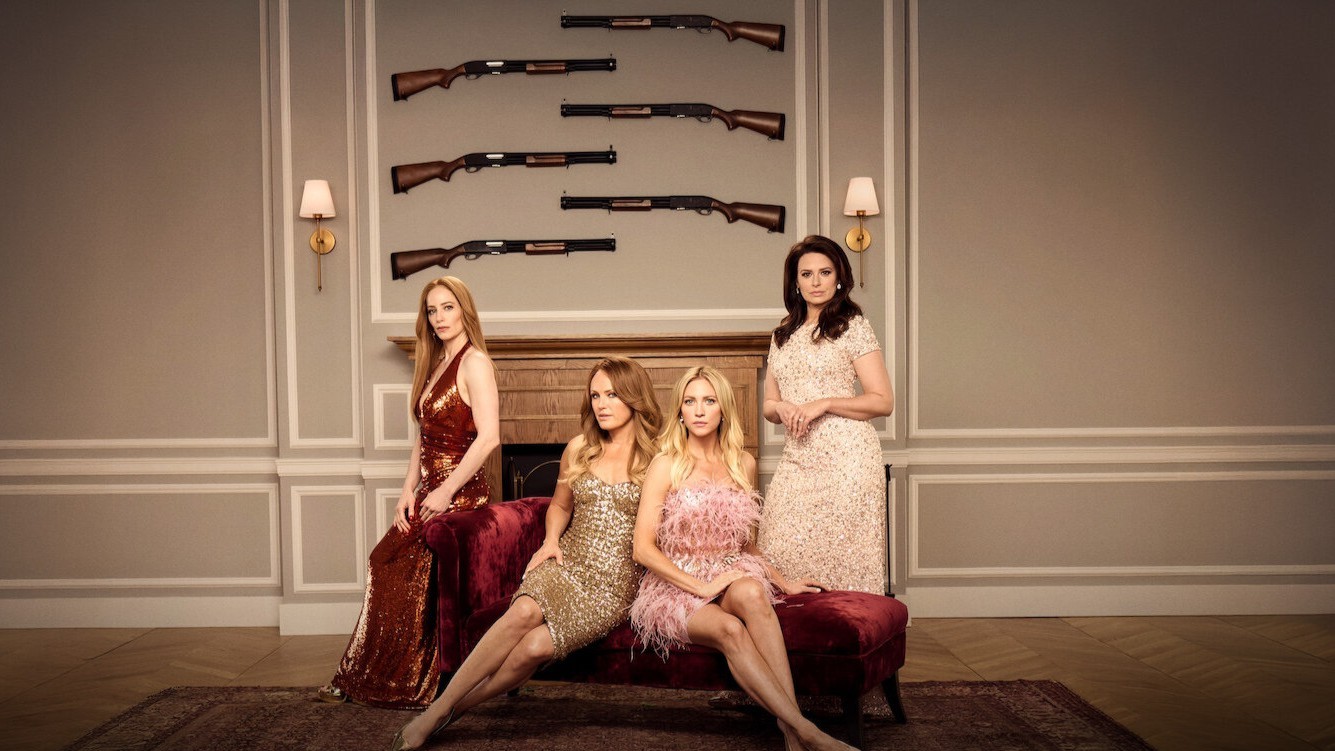Movies to watch after ‘Last Night in Soho’
Be sure to check out these films if you enjoyed Edgar Wright's 'Last Night in Soho.'
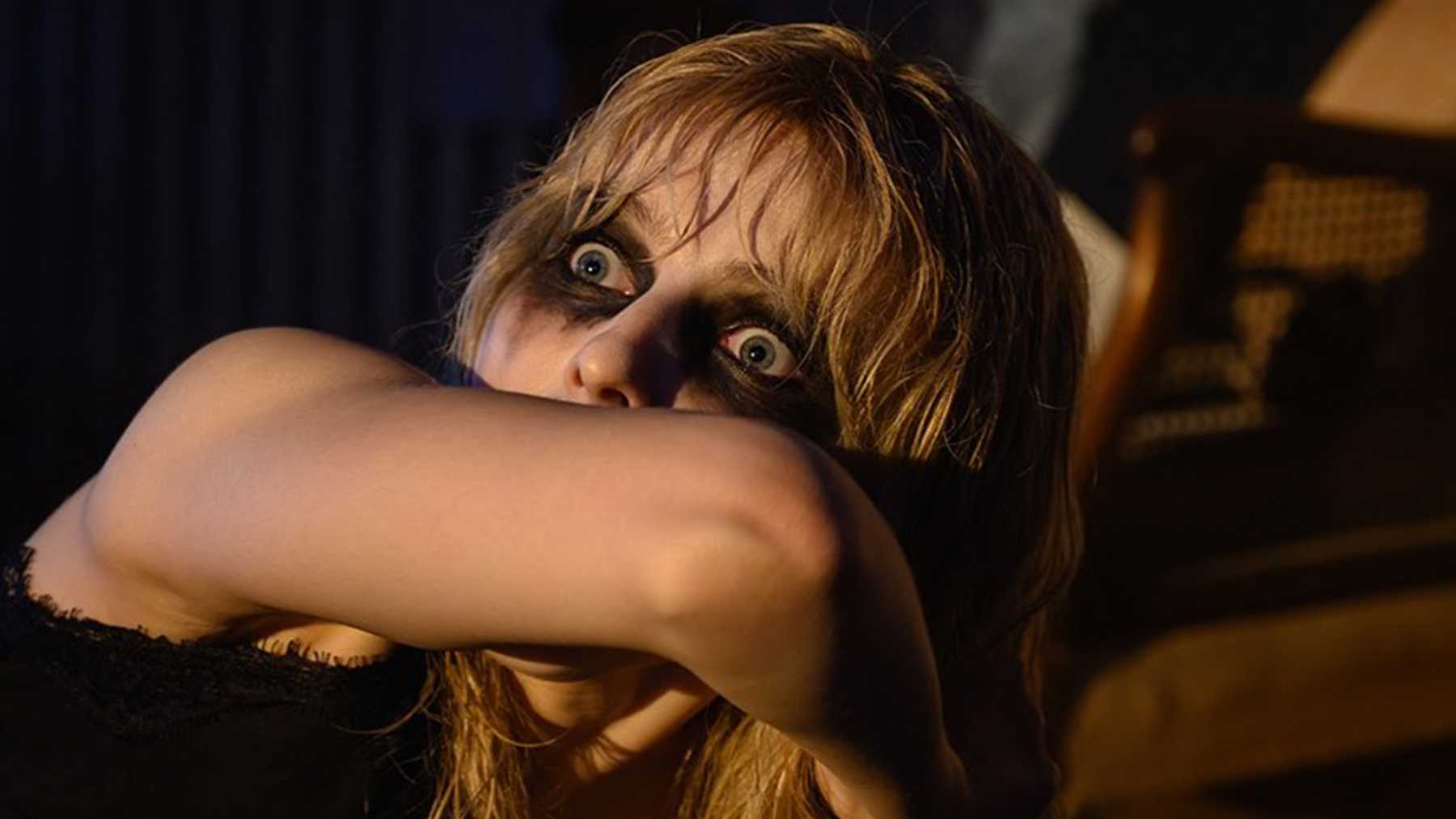
Last Night in Soho, the newest film from director Edgar Wright, is a departure from the long-time comedy filmmaker’s expected oeuvre. Where audiences typically expect top-notch genre pastiches and one of the highest joke-to-screen-time ratios in the business, Last Night in Soho is a psychological horror with a time travel element.
The story follows Eloise (played by Thomasin McKenzie), a naive young woman who moves to London to study fashion and finds herself transported back in time to 1966 London in the body of a beautiful nightclub singer named Sandie (Anya Taylor-Joy). Through Sandie, Eloise lives a glamorous life of music, parties and the seemingly perfect joys of the swinging '60s, including a gorgeous boyfriend (Matt Smith). But soon it is revealed that the real story went terribly wrong for Sandie and its consequences reach well into the modern day of Eloise's existence.
Read our review of Last Night in Soho right here.
Wright is a known film geek, to the point where he even shared a list of his 1,000 favorite films. He’s open in discussing his influences and wears them proudly on his sleeve. Last Night in Soho is the latest example of a Wright film drenched in cinematic ideas and references that you may not notice on your first viewing. After you’ve seen the film, here are a few titles we recommend you check out to enhance your experience.
Peeping Tom (1960)
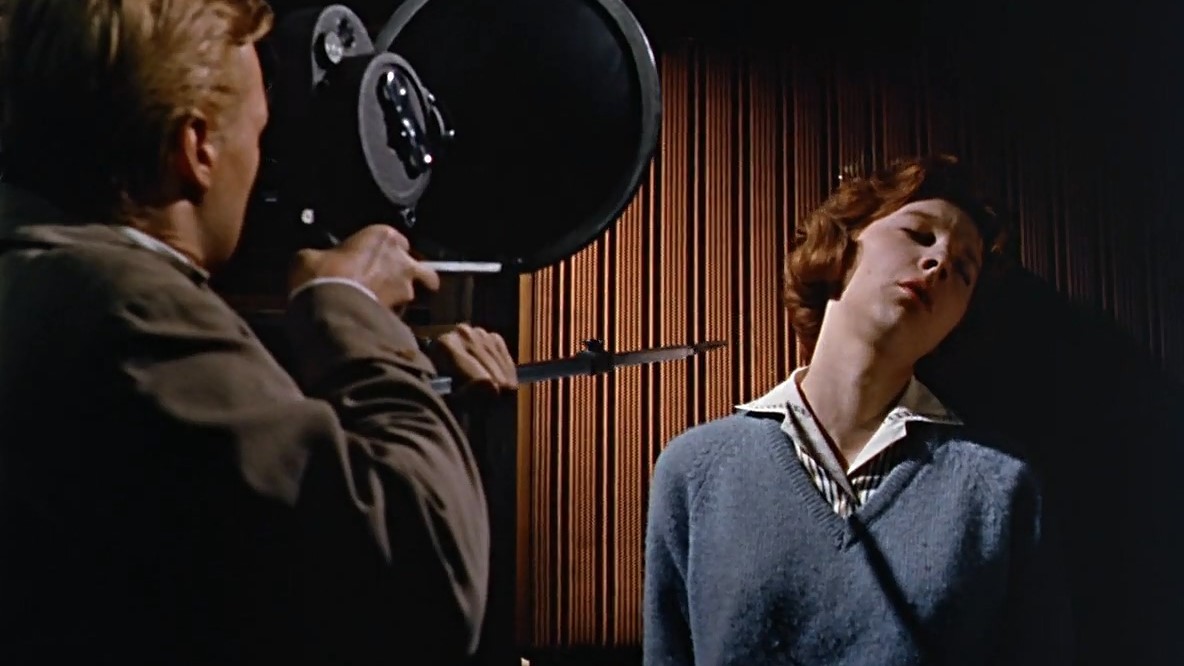
As part of a season with the British Film Institute to promote Last Night in Soho, Wright programmed a selection of films that inspired his own work. Top of that list was Peeping Tom.
It's easy to downplay just how wildly controversial Michael Powell's 1960 thriller was upon release. It was condemned as shocking and obscene and the director's career never fully recovered (meanwhile, that same year, Alfred Hitchcock's Psycho did great business — imagine making a film that made Psycho seem tame).
The latest updates, reviews and unmissable series to watch and more!
Peeping Tom follows a wannabe serial killer and sociopath as he murders women in search of the true essence of fear. He mounts a camera and mirror atop his weapon so that he can record his victims' deaths as well as let them see their own terror as they die. This strain of voyeurism was too much for audiences at the time, an uncomfortable reminder of how complicit all audiences are in turning violence into entertainment. It’s a sentiment that feels well in line with Last Night in Soho, wherein the heroine watches on (or becomes the new star) of a beautiful but deadly past.
Don't Look Now (1973)
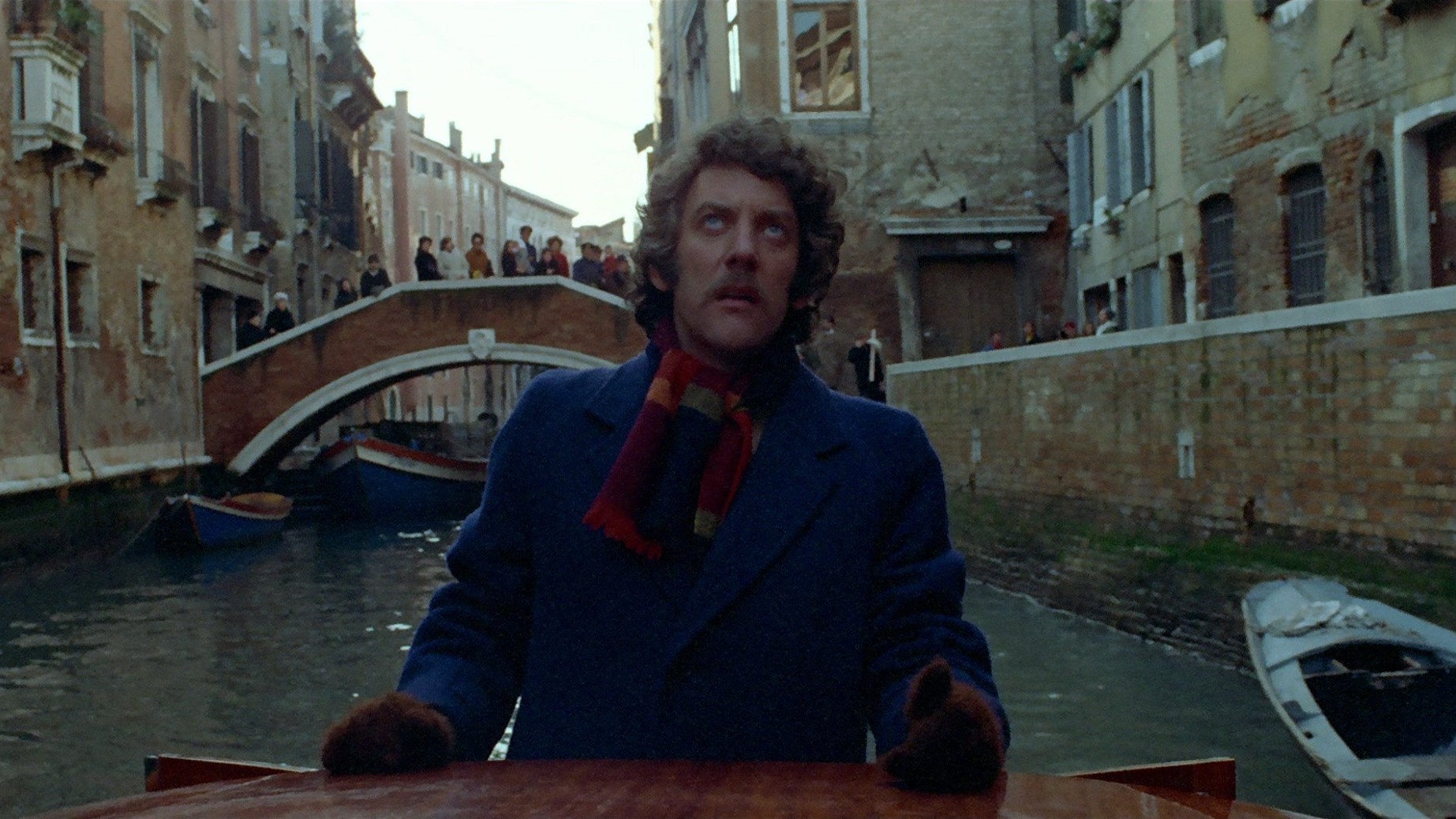
Without Don't Look Now, the 1973 drama directed by Nicolas Roeg, we would not have modern horror as it stands to this day. Everything from Hereditary to American Horror Story to even Casino Royale owes a debt to it, and for good reason. It remains one of the best and most shocking films of the past 60 years, a devastatingly potent exploration of grief and trauma that also happens to be boldly terrifying.
Venice has never looked so foreboding or death-stricken before, and that immediately haunting image of the red coat weaving through the streets — a specter of Donald Sutherland's unbearable pain — is still shockingly potent. Any movie keen to delve into the idea of obsession with the ghosts of our past, as Last Night in Soho does, owes a lot to Don't Look Now.
Eyes of Laura Mars (1978)
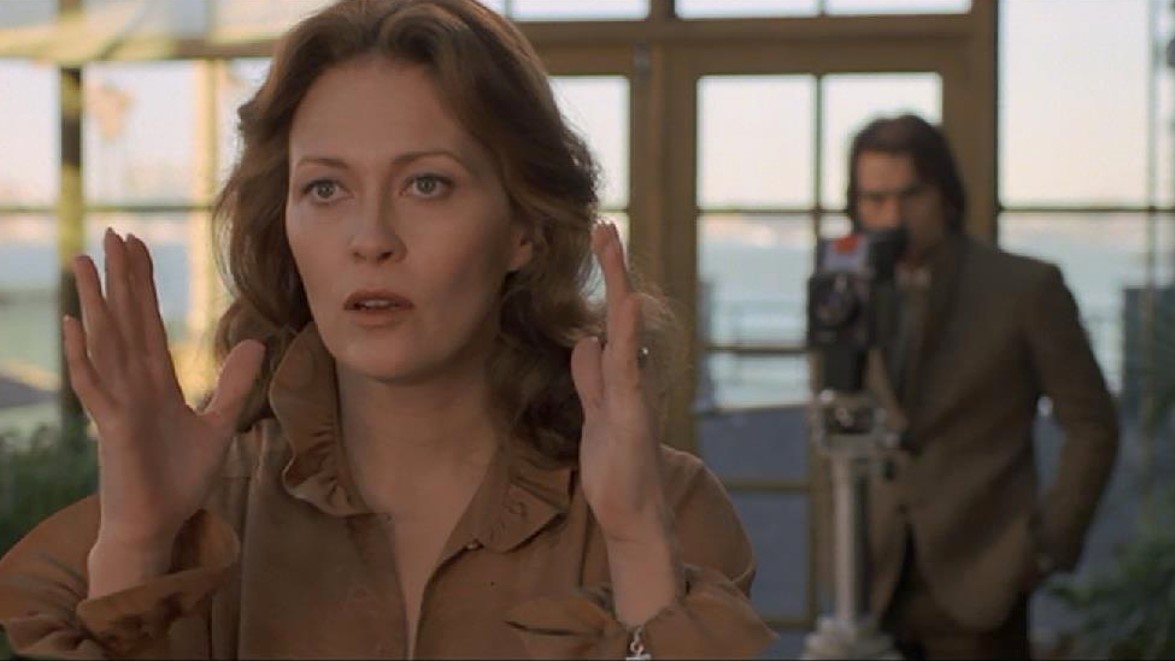
Edgar Wright's newest heroine is a fashion student with a love of retro style. We wonder if she's seen 1978's Eyes of Laura Mars, a cult neo-noir mystery starring Faye Dunaway as a fashion photographer who begins to see images of real-life deaths through the eyes of a killer.
Laura's own work mixes glamor with violence, leading to controversy as some blame her photographs for inspiring real murder. Evidently inspired by the giallo movement of Italian horror, Eyes of Laura Mars is a fascinating mix of steely cool and giddy schlock. It has a keen understanding of how violence, especially brutality against women, is fetishized and commodified for the masses. A flop upon release, the film eventually found appreciation among horror fans and critics alike. Its director, Irvin Kershner, was then headhunted by George Lucas himself to direct a little film called The Empire Strikes Back.
Phantom of the Paradise (1974)
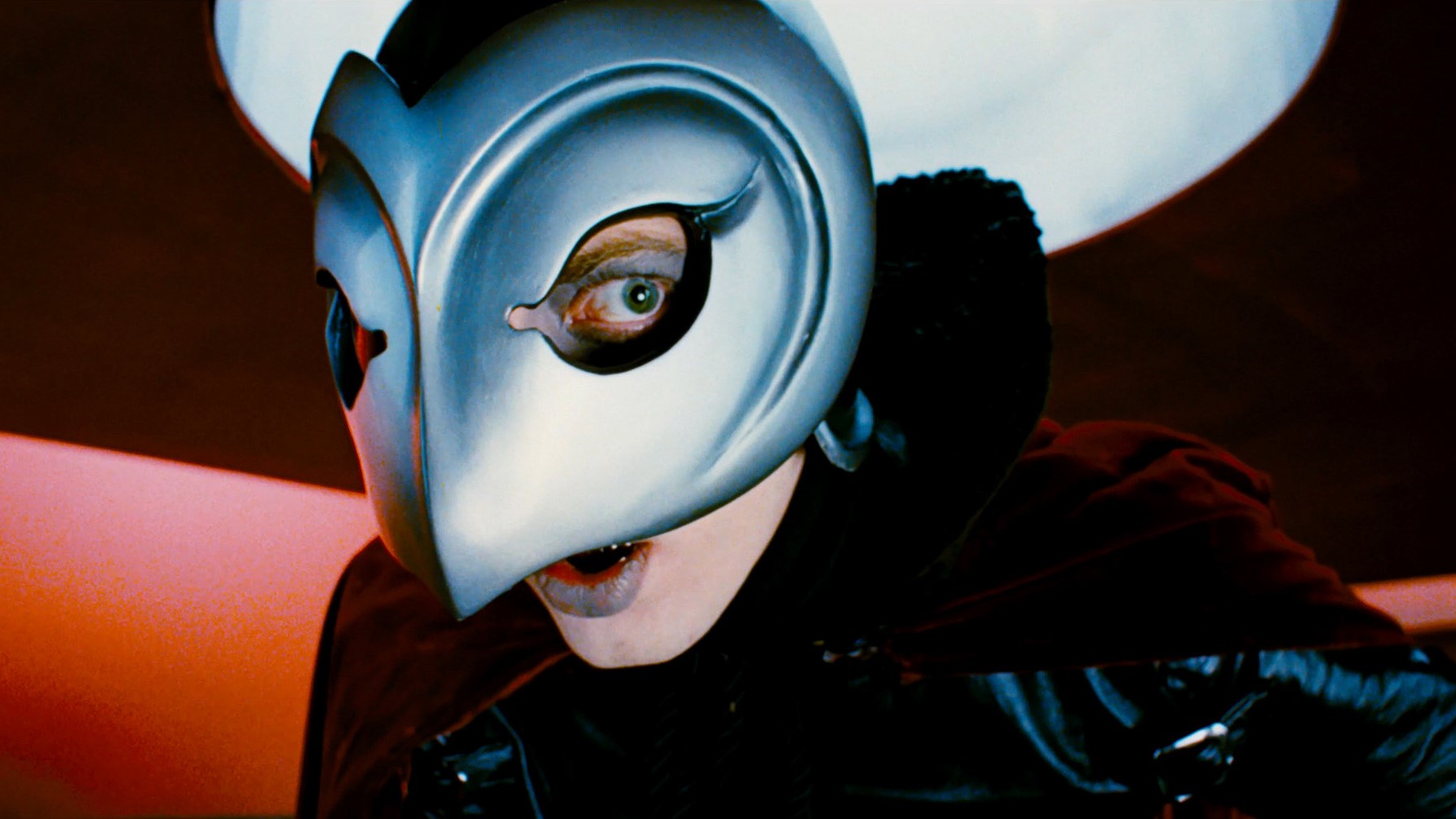
Any fan of Edgar Wright will know that he’s a very vocal fan of Brian De Palma’s cult musical, Phantom of the Paradise. He’s such a big fan that he even cast that movie’s villain, the legendary music producer Paul Williams, in a cameo role in Baby Driver.
Last Night in Soho is steeped in music, although it isn’t exactly a full-on musical (it certainly makes you keen to see Wright take on the genre, especially since all of his films are so keenly aware of the relationship between sight and sound). Phantom of the Paradise re-imagines Gaston Leroux’s The Phantom of the Opera, adds a Faustian pact, hilariously mocks the ‘70s music industry and its exploitation of artists and throws in a hell of a lot of Welles and Hitchcock homages. It deserves the same level of cult musical acclaim as Rocky Horror. We can bet that Wright agrees with that assessment.
Darling (1965)
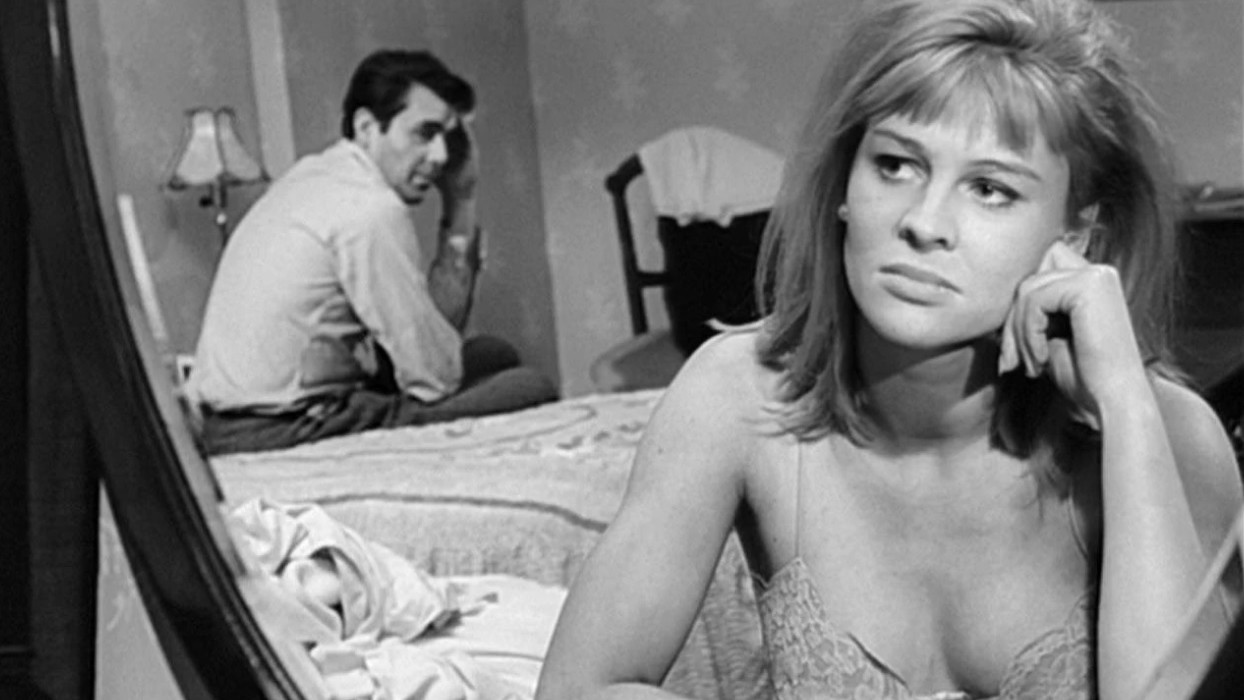
Few films exemplified the seismic cultural shift of the swinging '60s quite like Darling, the 1965 drama directed by John Schlesinger. Julie Christie won an Oscar for her turn as Diana, a successful and somewhat amoral model and actress who toys with the affections of multiple men, including a powerful ad executive and an Italian prince.
Darling is a sharp and often merciless portrait of a society in flux, stuck between the comfort of tradition and the freewheeling, often dangerous, liberation of the era of miniskirts and free love. The hypocrisies of the establishment class are on display here, with Diana and her rich friends utterly oblivious to the real change happening in the outside world. They are cloistered from true pain by their money and privilege, but not for long. There's a lot of Diana in Last Night in Soho, especially her incredible style.
Suspiria (1977)
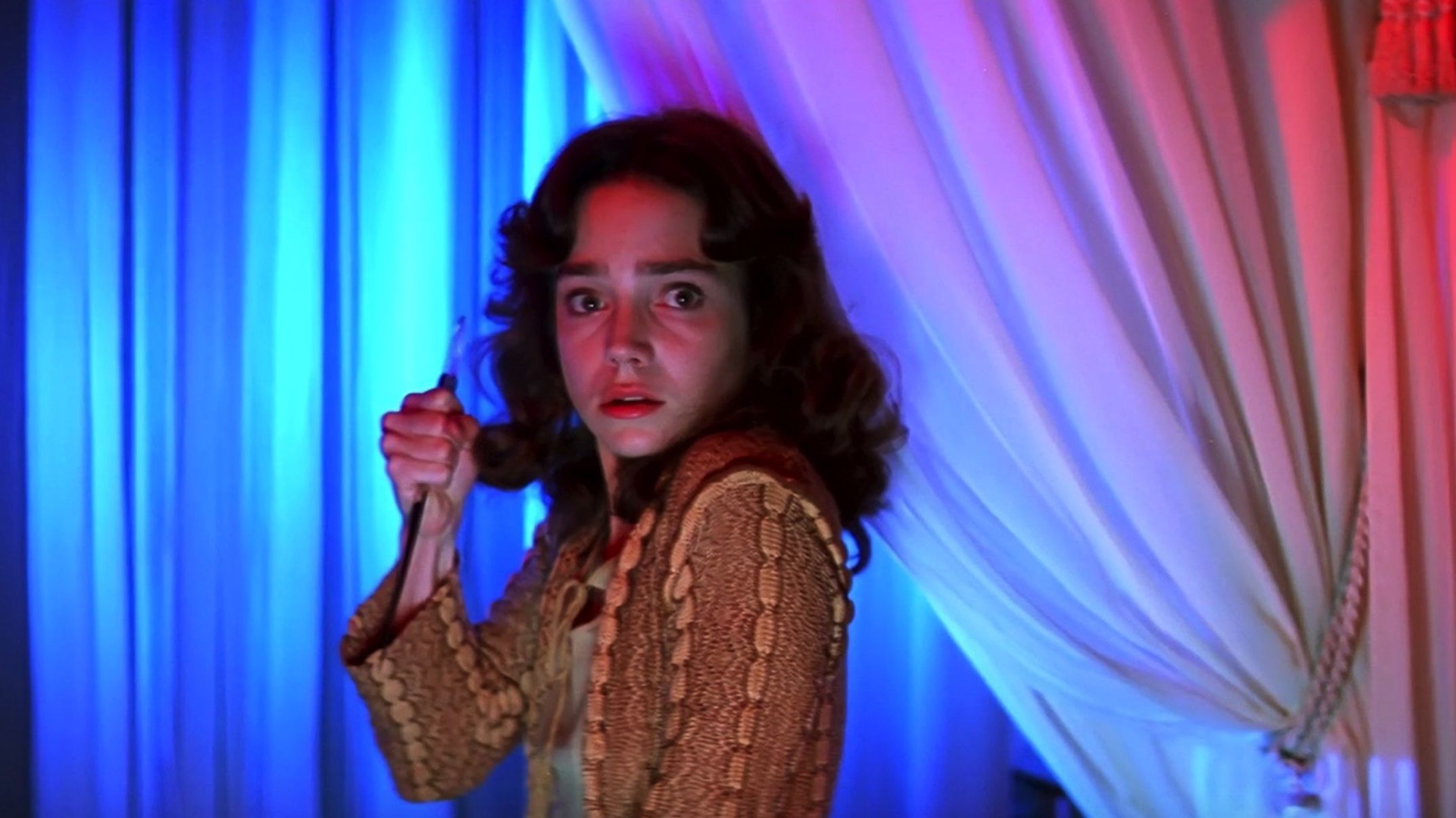
Last Night in Soho is sumptuously shot, drenched in the technicolor frenzy of '60s nightlife with its deep reds and washes of blue. It’s hard to see this color palate and not immediately think of Dario Argento, especially his iconic giallo horror tale Suspiria.
Arguably the most beloved example of the genre, Suspiria is a hypnotic fairy-tale that, like Last Night in Soho, focuses on an artistic woman in an unfamiliar setting as she sinks into the darkness. Rather than a fashion school, Argento's focus is a German dance academy that conceals a witch's coven. Suspiria remains a must-watch horror movie in large part because its dream-like narrative and rainbow-like aesthetic still feel so dazzlingly unlike anything else in the genre. Argento’s cinematic descendants are notable, with Wright among them, but the original stands tall for a reason.
Frenzy (1972)
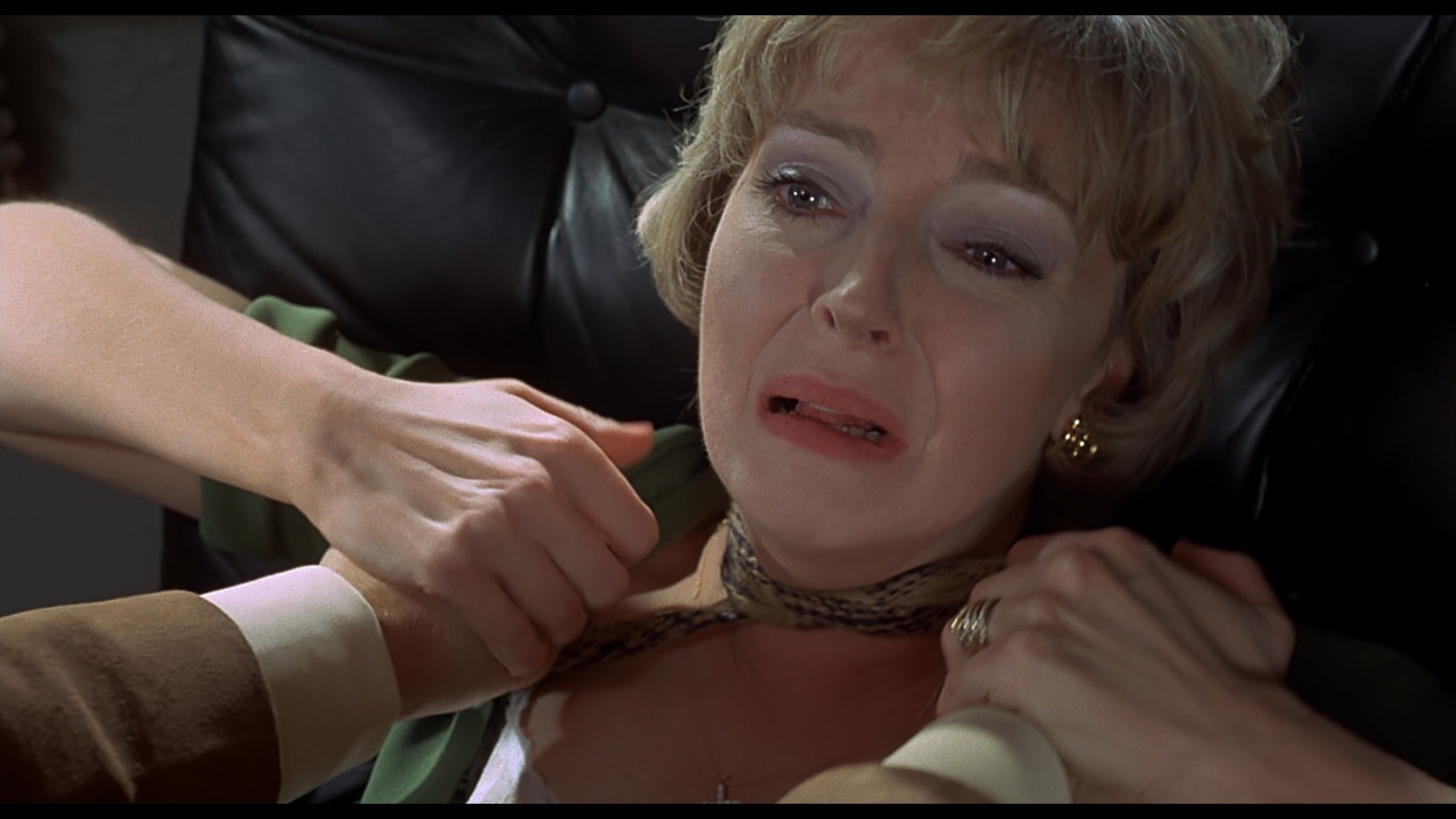
Another film chosen by Wright as part of his BFI season, Frenzy is the penultimate film of the legendary Alfred Hitchcock. Based on the 1966 novel Goodbye Piccadilly, Farewell Leicester Square by Arthur La Bern, the thriller centers on a serial killer in '70s London known as the Necktie Murderer. Richard Blaney, a former RAF squadron leader, is implicated in the crime after his wife is killed while the real culprit toys with him.
In many ways, Frenzy is classic Hitchcock suspense, a display of the master of his craft firing on all cylinders. It's old-school but also thoroughly modern, brutal in a way that is far more visceral than what Hitchcock was allowed to do during the studio era of filmmaking. It's often scathingly funny too. You can easily see why Wright loves it and how he found inspiration in its seediness and suspense for his own thriller.
Kayleigh is a pop culture writer and critic based in Dundee, Scotland. Her work can be found on Pajiba, IGN, Uproxx, RogerEbert.com, SlashFilm, and WhatToWatch, among other places. She's also the creator of the newsletter The Gossip Reading Club.


